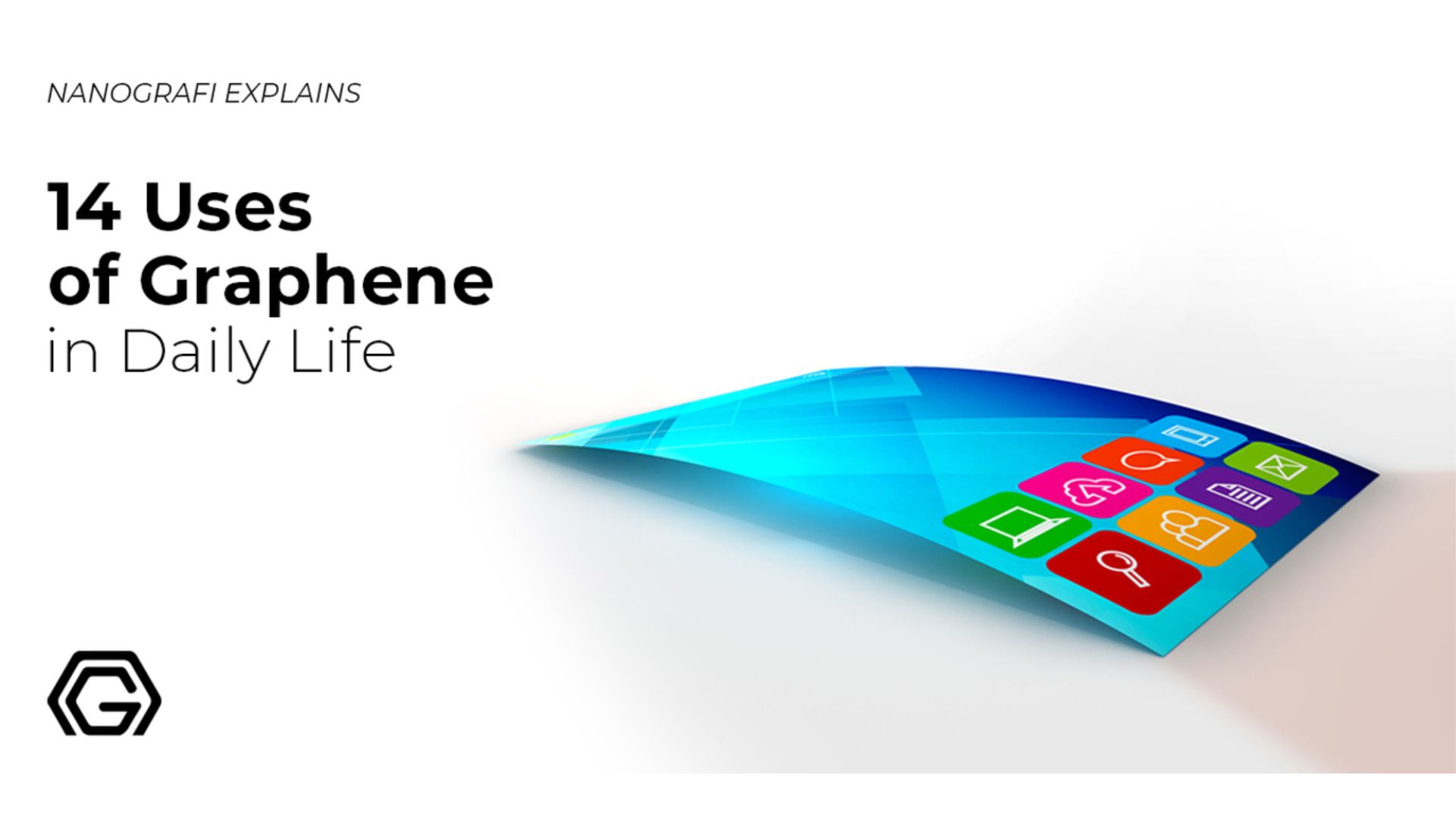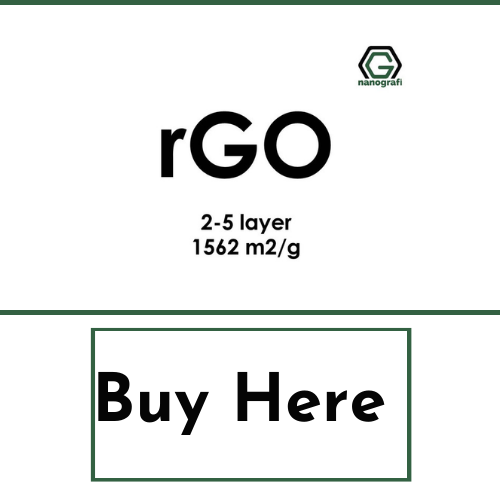Graphene-Rubber Nanocomposites for Automobile Tires
In recent years, there have been growing interests toward elastomeric materials to be used in a multitude of different applications. The conventional rubber material could not meet the ever-increasing demand of applications; thus it is very important to develop innovative multifunctional rubber-based composites.
Among the many graphene-based products, various graphene companies offer graphene enhanced rubber composites for tires as shown in Figure 1.
Introduction
Companies claim that graphene-enhanced rubber offers key performance improvements such as enhanced thermal conductivity, gas barrier properties, mechanical strength and wear resistance. While rubber itself is an insulating material, it does not dissipate heat well. However, graphene’s 2D structure enables it to form an overlapping network within the rubber to increase the tortuous path for gas diffusion, further reducing the chances of air leaks in the tires.
Preparation of Graphene/Rubber Nanocomposites
Since graphene is considered as an ideal multifunctional filler for polymers, several methods have been developed to incorporate graphene into polymer matrices, including solution mixing, in-situ polymerization, melt blending and latex mixing [2-3].
Although it's effective to obtain well-dispersed graphene nano sheets throughout the polymer matrix via in-situ polymerization and solution mixing [4], there are still some limitations such as the waste and probable pollution of the solvent, and the negative effect of graphene on the polymerization process. With the high production efficiency, melt blending is the most economical method to obtain bulk materials. Unluckily, the self-aggregation of graphene nano sheets caused by strong van der waals force seems to be unpreventable which could be a great obstacle for its practical application [5].
Recently, latex compounding technology has been successfully developed to overcome these difficulties; it enables good dispersion of graphene sheets in polymer matrices without extra solvents.
Latex Mixing
In mechanism of Latex Mixing, graphene and their derivatives are constantly diffused in deionized water, then rubber latex is added into above solution with the help of stirring or ultrasonic treatment until graphene is exfoliated and diffused properly in the mixture.
Since most rubber products are produced in the form of latex, the latter category has become a more practical choice. However, there are still some problems to obtain a stable aqueous dispersion of graphene. It seems to be a possible approach to chemically reduce graphene oxide (GO) in the presence of the surfactant [6,7]. Nevertheless, the presence of foreign stabilizers is undesirable for the mechanical and electrical properties of the nanocomposites [8,9]. With the aid of sonication, researchers can disperse GO in the polymer latex and then reduce GO to graphene [10]. However, this approach will unfortunately lead to degradation of polymers and a great demand of energy. The machine cost is high when production is in a ton scale.
To get more information about the uses of graphene in daily life,
you can read our blog post here.
In-situ Polymerization
The general principle of in-situ polymerization involves mixing of inorganic fillers and monomers in a solvent, followed by in-situ polymerization. This method is less in used as rubbers are polymerized in advance and reaction of graphene with oxygen functional group could terminate the reaction.
Solution Mixing
It is frequently used method in preparation of polymer composites as polymers are soluble in polar and nonpolar solvent like water, acetone, hexane, and chloroform. In this method, graphene and polymer are dissolved in solvents one-by-one, and then they are mixed together with help of stirring or ultrasonic treatment. Finally, the mixture is co-precipitated by volatilizing the solvent or by adding the non-solvent.
This method enables the uniform dispersion of graphene to some degree, and surface modification can further improve the dispersion quality. Compared to the latex mixing approach, there are two disadvantages: (1) the dispersion of graphene down to single layer or a few layers in organic solvent is difficult to realize and (2) the organic solvents need to be recycled which will increase the production cost.
Mechanical Mixing
In this mechanism, the graphene or its derivatives and rubber ingredients are mechanically mixed with the rubber by effect of high temperature and thereafter the mixture is vulcanized to prepare the graphene/rubber composites. The process is easy to operate but the only disadvantage is graphene is not exfoliated and diffused properly in matrix.
Conclusion
Although it's effective to obtain well-dispersed graphene nano sheets throughout the polymer matrix via in-situ polymerization and solution mixing [4], there are still some limitations such as the waste and probable pollution of the solvent, and the negative effect of graphene on the polymerization process. With the high production efficiency, melt blending is the most economical method to obtain bulk materials. Unluckily, the self-aggregation of graphene nano sheets caused by strong van der waals force seems to be unpreventable which could be a great obstacle for its practical application [5].
To get more information, you can visit Blografi.
References
[1]Dayton M. A Brief Guide to Graphene Enhanced Rubber Composite Materials [Online]. Available:https://nearsay.com/c/446402/393942/a-brief-guide-to-graphene-enhanced-rubber composite materials.
[2]Zheng-Hai Tang, Bao-Chun Guo, Li-Qun Zhang, De-Min Jia, Acta Polym. Sin. (7) (2014) 865-877.
[3]X. Liu, L. Wang, L. Zhao, H. He, X. Shao, G. Fang, Z. Wan, R. Zeng, Polym. Compos. 39 (4) (2018) 1006-1022.
[4] H. Kim, Y. Miura, C.W. Macosko, Chem. Mater. 22 (11) (2010) 3441-3450.
[5]D. Li, M.B. Muller, S. Gilje, R.B. Kaner, G.G. Wallace, Nat. Nanotechnol. 3 (2) (2008) 101-105.
[6]S. Stankovich, R.D. Piner, X. Chen, N. Wu, S.T. Nguyen, R.S. Ruoff, J. Mater. Chem. 16 (2) (2006) 155-158.
[7]E. Tkalya, M. Ghislandi, A. Alekseev, C. Koning, J. Loos, J. Mater. Chem. 20 (15) (2010) 3035.
[8]J. Yu, K. Lu, E. Sourty, N. Grossiord, C.E. Koning, J. Loos, Carbon 45 (15) (2007) 2897-2903.
[9]D.W. Schaefer, R.S. Justice, Macromolecules 40 (24) (2007) 8501-8517.
[10]Y. Zhan, J. Wu, H. Xia, N. Yan, G. Fei, G. Yuan, Macromol. Mater. Eng. 296 (7) (2011) 590-602.
Recent Posts
-
Magnesium Oxide (MgO) Nanoparticles: Synthesis, Properties and Applications
In the realm of nanotechnology, magnesium oxide (MgO) nanoparticles have emerged as a subject of imm …10th May 2024 -
Cellulose Nanocrystals (CNC) in Food Industry
Cellulose nanocrystals (CNC) are emerging as a pivotal material in the realm of food technology, her …3rd May 2024 -
Reducing the Carbon Footprint of Nanomaterials
The production of nanomaterials is vital for numerous advanced applications, from healthcare to elec …26th Apr 2024







